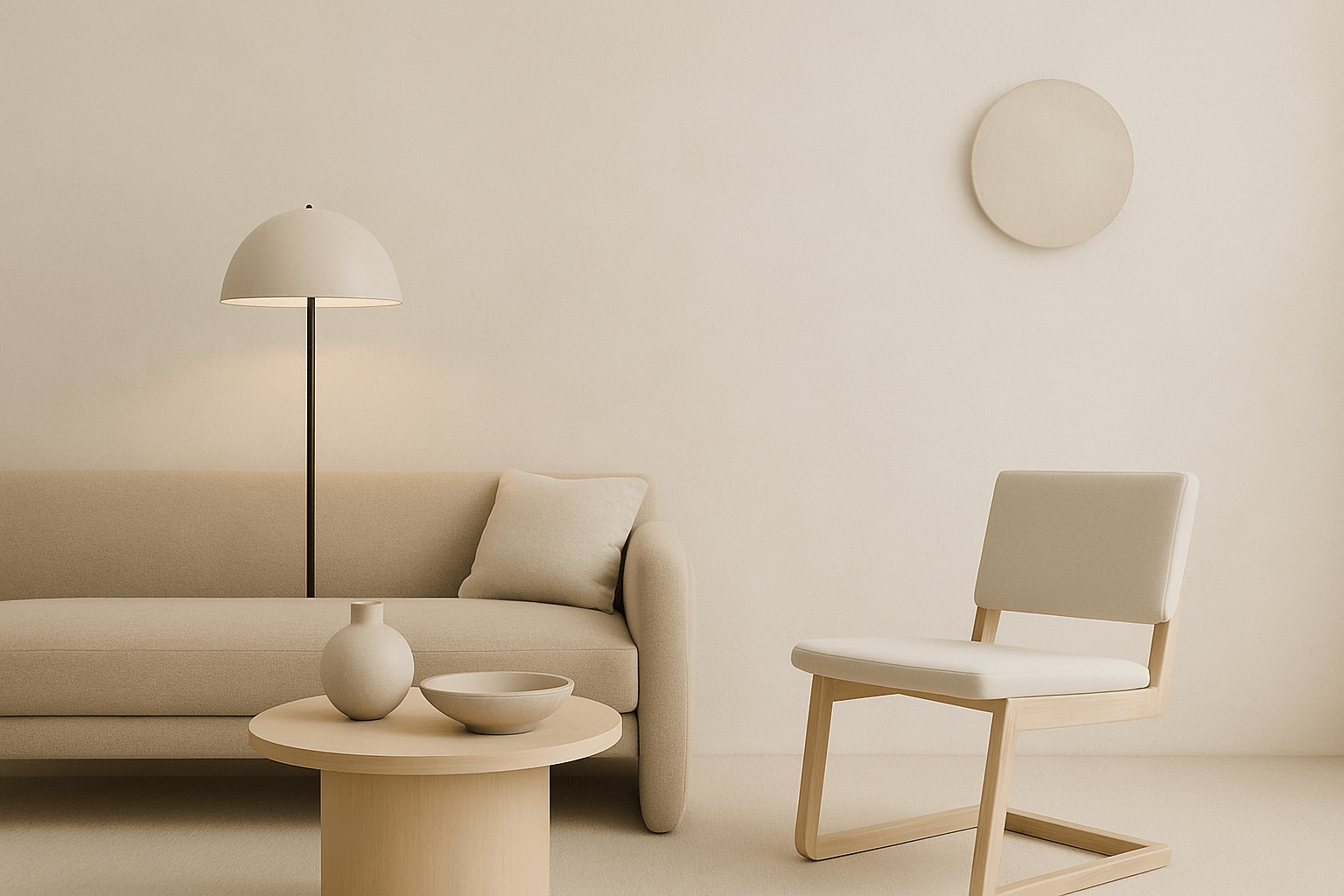What is Intentional Design?
Intentional design is about creating spaces that serve a purpose—where every element contributes to how the space feels and functions. It’s not just about aesthetics; it’s about how you live, move, and rest within your home.
Start with Why
Before sourcing furniture or picking finishes, ask: What do I want this room to do? Whether it’s a corner to read in peace, a space for hosting, or a calming entryway, understanding your intention leads the design.
Lighting That Follows Function
Lighting should mirror your intention. Want focus? Go with directional task lighting. Craving comfort? Warm, low-level lights like wall sconces or dimmable floor lamps add softness and calm.
Opt for:
-
2700K–3000K LED for warm glow
-
Dimmable fixtures to adapt to mood and time of day
-
Layered sources to create zones within a single space
Declutter Visually, Not Just Physically
A minimal space isn’t about having nothing—it’s about having only what’s meaningful. In intentional homes, each piece earns its place. Avoid visual clutter with:
-
A cohesive material palette (stone, wood, linen, matte metals)
-
Concealed storage
-
Open space that allows light and energy to flow
Let Natural Light In, Then Support It
Use sheer curtains, reflective surfaces, and minimal window treatments to amplify daylight. Then use ambient and accent lighting to extend the mood into the evening.
Design that Grows with You
Choose timeless, versatile pieces—lighting and furniture that can move with you or adapt to evolving needs. Think modular shelves, portable lamps, and neutral foundations you can layer onto.
Final Thought
Designing with intention leads to spaces that are not only beautiful but deeply personal. When every object has purpose and your environment reflects your mindset, your home becomes more than decor—it becomes sanctuary.
















